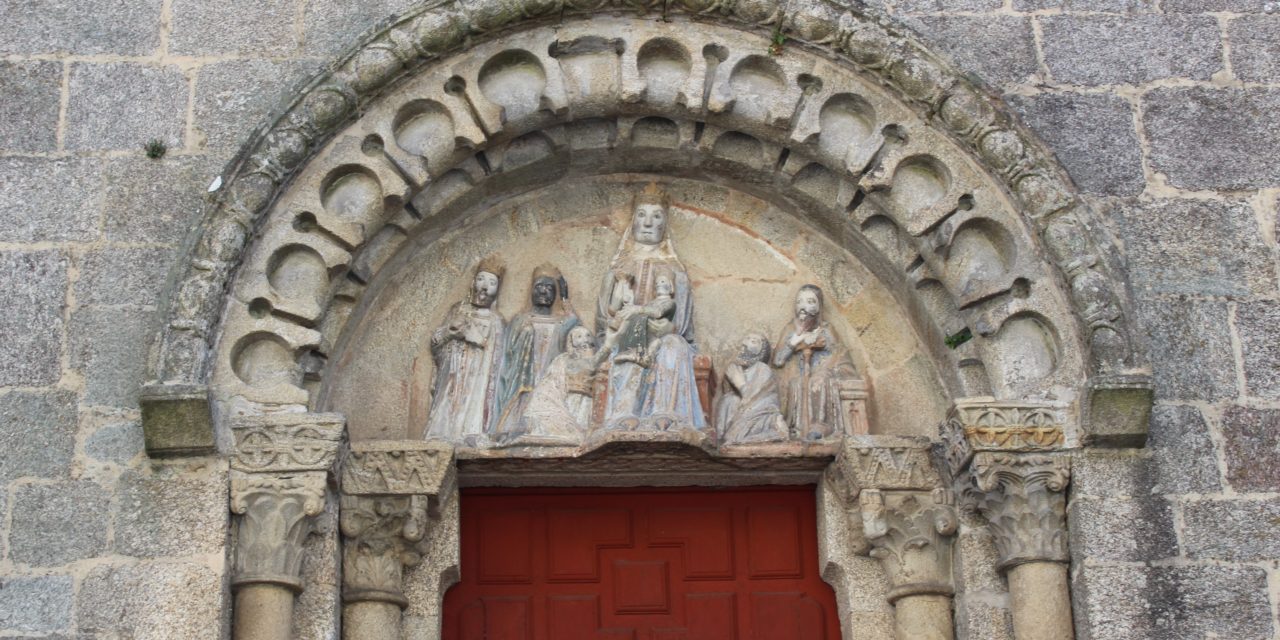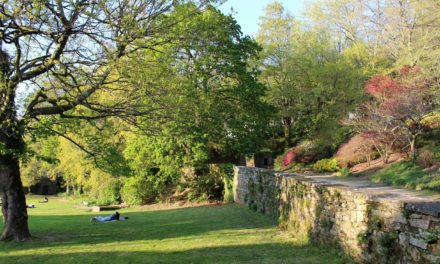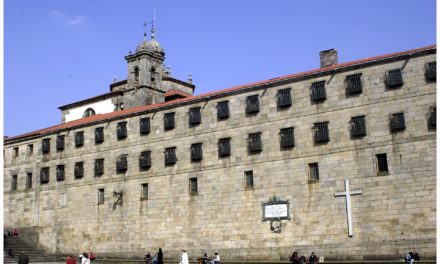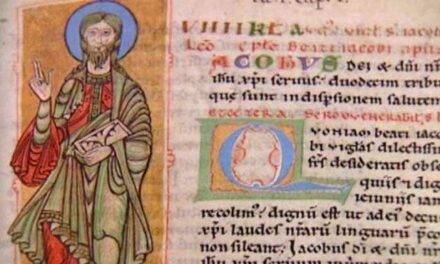With its great antiquity and its close relationship with the foundation of the city and the cathedral of Compostela, the church of San Fiz de Solovio is shrouded in legend. Thus it is referred to in many itineraries of pilgrims from other times, such as Leo of Rozmital (1465-1467) who said about it: “Outside, before the city, there is a small church that is believed to have been built by St. James and where he lived most of the time when he preached in Galicia.”
According to the legend, this was the first church of Compostela, originally a small hermitage where in the early ninth century lived a hermit called Paio, one of many religious men who, during the first centuries of Christianity in Galicia, took refuge in beautiful and isolated country places to devote himself to contemplation and penance. According to tradition everything began around the year 820, during the reign of Alfonso II (791-842) and the auspices of the Bishop Teodomiro of Iria Flavia (819? -847). According to the legend, one night, when the hermit Paio was praying, he began to see lights in the sky that seemed to indicate some place not far away. Guided by these and angelic choirs, the hermit Paio walked until that point where finally discovered the tomb containing the remains of the Apostle St. James.
Passing from legend to history, we know that the current church, next to the popular market of Santiago, was founded before the ninth century and that the name of Lobio was taken from a village near Compostela. Later, in the time of King Alfonso III (866-910), the clergy of this church became part of the community of the cathedral of Santiago, to which they belonged for centuries after. We also know that the church was seriously damaged by the Muslim invasions and attacks, so that by the year 1122, during the bishopric of Gelmírez (1100-1140), the true patron and promoter of the city and the pilgrimage to Compostela, it had to be rebuilt.
In the early fourteenth century the Romanesque church was endowed with the present porch and beautiful relief on the tympanum. It is a granite work whose creation was documented in 1316 and attributed to the master F. Paris and in which is represented the Epiphany or Adoration of the Kings. The architecture was completed centuries later with a baroque tower designed by the architect Simón Rodríguez (1679-1751).
The pilgrim who has the chance to visit the interior of the church will find a magnificent tomb of Cardinal Gonzalez Carballido Lopo and, in the altarpiece, the popular sculpture of the Virgin of Miracles.











